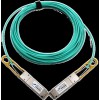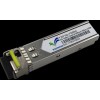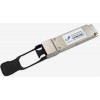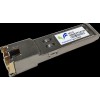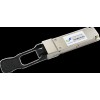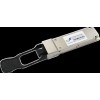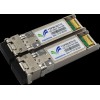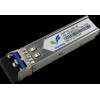Shenzhen Youthton Technology Co.,Ltd.is committed to the continuous improvement of theOptical Moduleservice, become a society, customers, shareholders and employees long-term trust of the company. Our Company adhering to pirit of for the sake of customers, and win-win with customers , and through Youthton staff continuous innovation and development to provide first-class 10G XFP Price consultation,Exquisite design 10G ZR,10G ZR Manufacturer name,Regular 10G ZR for enterprises , is what we have been working for. Details:At present, for 40GbE, there are several kinds of transmission solutions. People usually use the 4 x 10 GE Breakout cable,40G QSFP+module or40G CFPmodules to achieve the 40GbE. Among them, the first two kinds of solutions are most widely used for nowaday 40 Gigabit Ethernet. For aggregation and core native 40 GbE, the 40G QSFP+ module is an ideal choice. There are many different variants of 40G QSFP+ modules which are defined by IEEE 802.3ba to support different applications.40Gbase-LR4(40G-QSFP-LR4) and40Gbase-SR4(40G-QSFP-SR4) QSFP+ optics are the most commonly used specifications of 40G QSFP+ optics. So, what are the differences between them on the module structure and applications?The IEEE 802.3ba committee ratified the 40 Gigabit Ethernet standard in June, 2010. Along with the general specification, it defined a number of fiber optic interfaces. These standard interfaces attempted to satisfy a number of different objectives including support for multi-mode fiberand single-mode fibercompatibility. 40base-LR4 and 40base-SR4 QSFP+ optics both comply the IEEE 802.3ba and QSFP Multisource Agreement (MSA), but for different applications according to their features and parameters. Here are some detailed differences between 40base-LR4 and 40base-SR4 QSFP+ modules.




